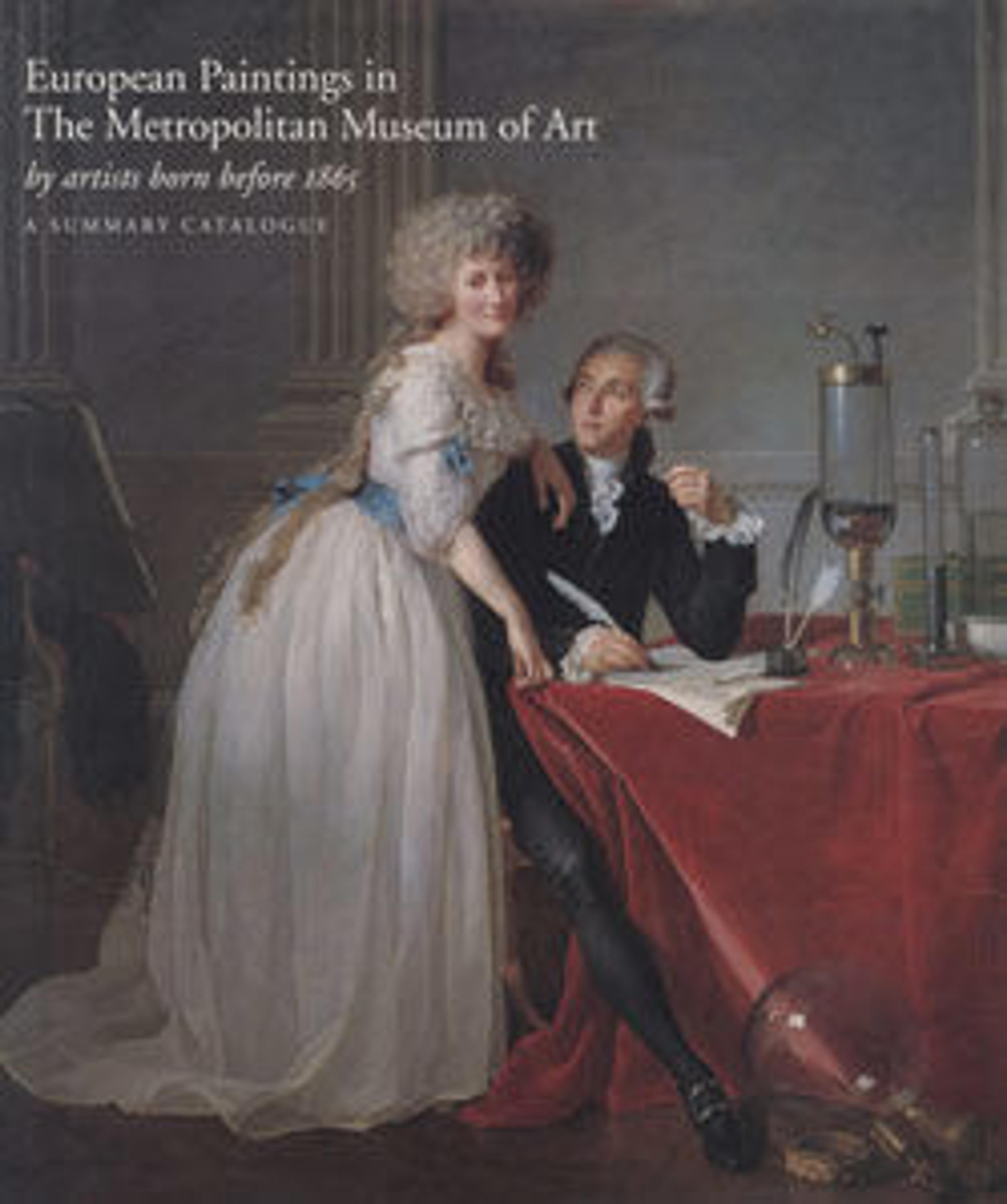View of the Seine
At the beginning of Seurat’s career he made about seventy oil studies on small wood panels, which he called croquetons (little sketches). These durable boards were easily transported and held in the hand, making them ideal for painting outdoors. This is among the earliest of the studies that Seurat made along the Seine River on the outskirts of Paris, where fishermen, such as the duo in the foreground, cast their lines amid commercial barges and industrial smokestacks. Seurat’s first major painting, Bathers at Asnières (1884; National Gallery, London) is set along a similar stretch of the river.
Artwork Details
- Title:View of the Seine
- Artist:Georges Seurat (French, Paris 1859–1891 Paris)
- Date:1882–83
- Medium:Oil on wood
- Dimensions:6 1/4 x 9 3/4 in. (15.9 x 24.8 cm)
- Classification:Paintings
- Credit Line:Bequest of Mabel Choate, in memory of her father, Joseph Hodges Choate, 1958
- Object Number:59.16.5
- Curatorial Department: European Paintings
More Artwork
Research Resources
The Met provides unparalleled resources for research and welcomes an international community of students and scholars. The Met's Open Access API is where creators and researchers can connect to the The Met collection. Open Access data and public domain images are available for unrestricted commercial and noncommercial use without permission or fee.
To request images under copyright and other restrictions, please use this Image Request form.
Feedback
We continue to research and examine historical and cultural context for objects in The Met collection. If you have comments or questions about this object record, please contact us using the form below. The Museum looks forward to receiving your comments.
